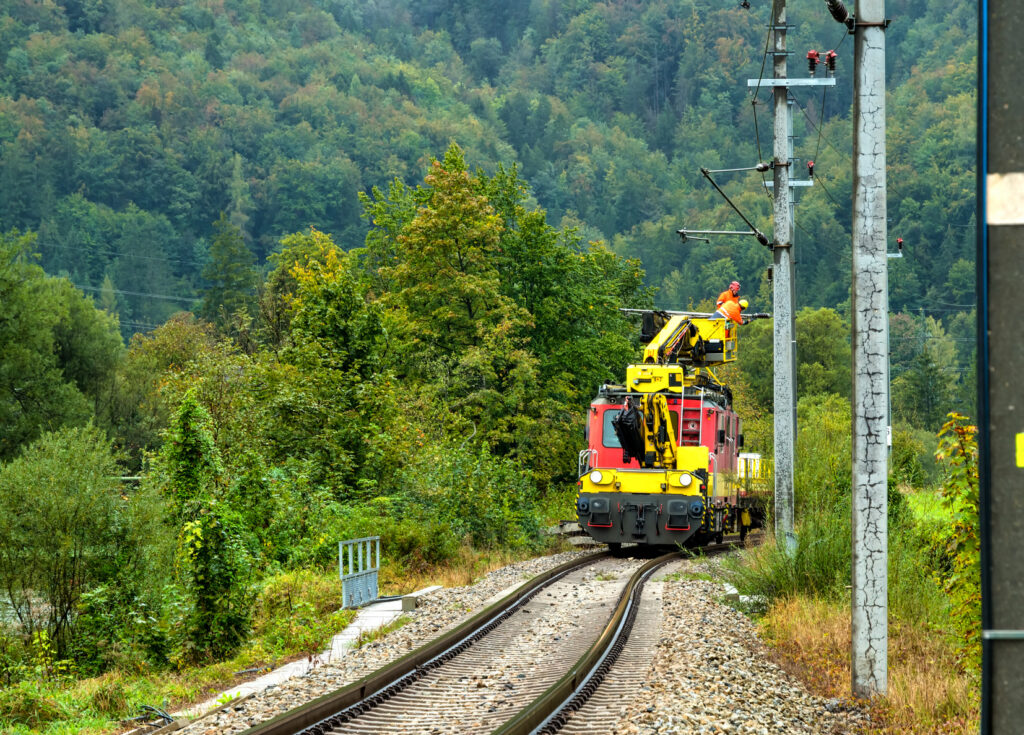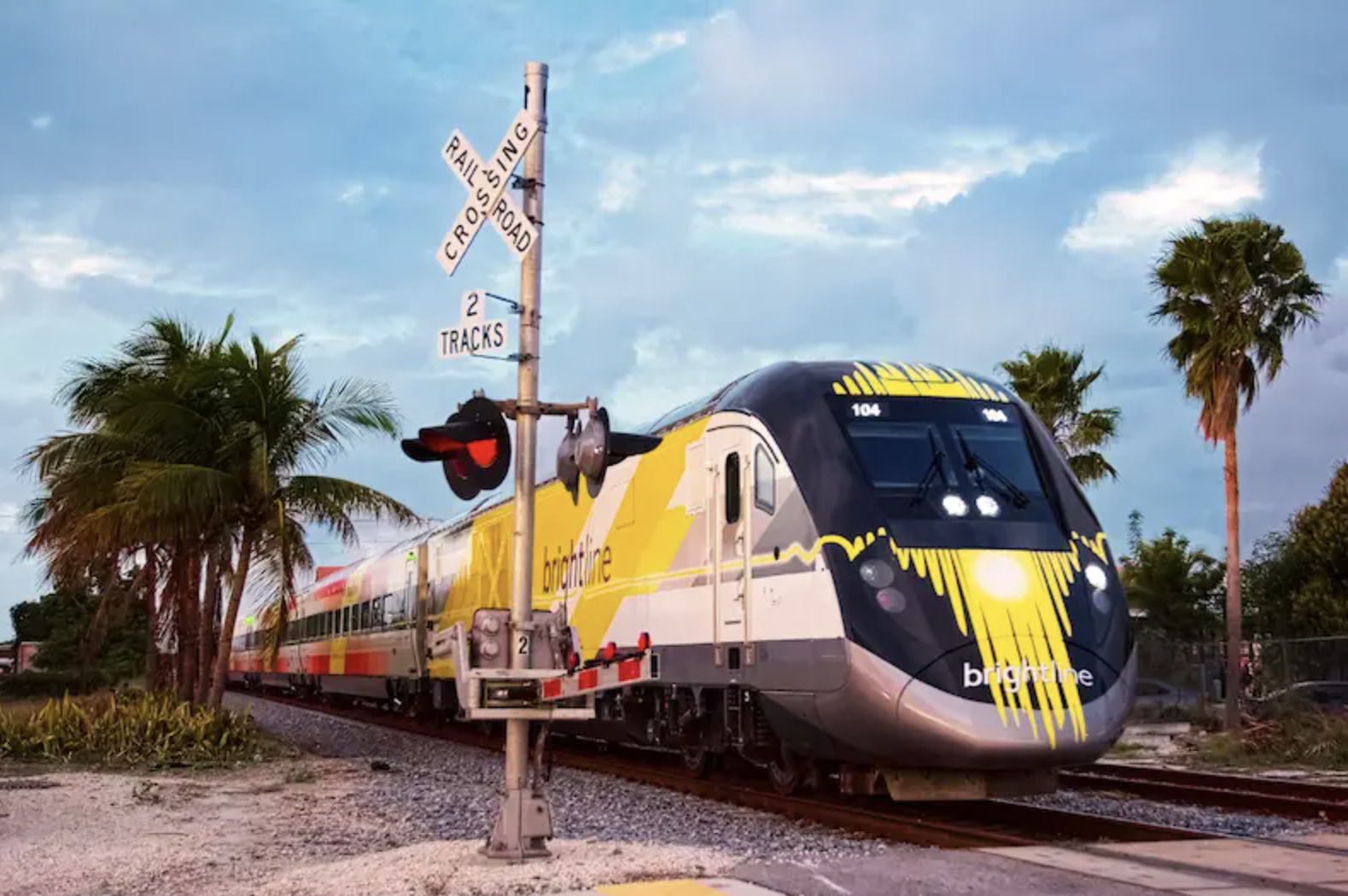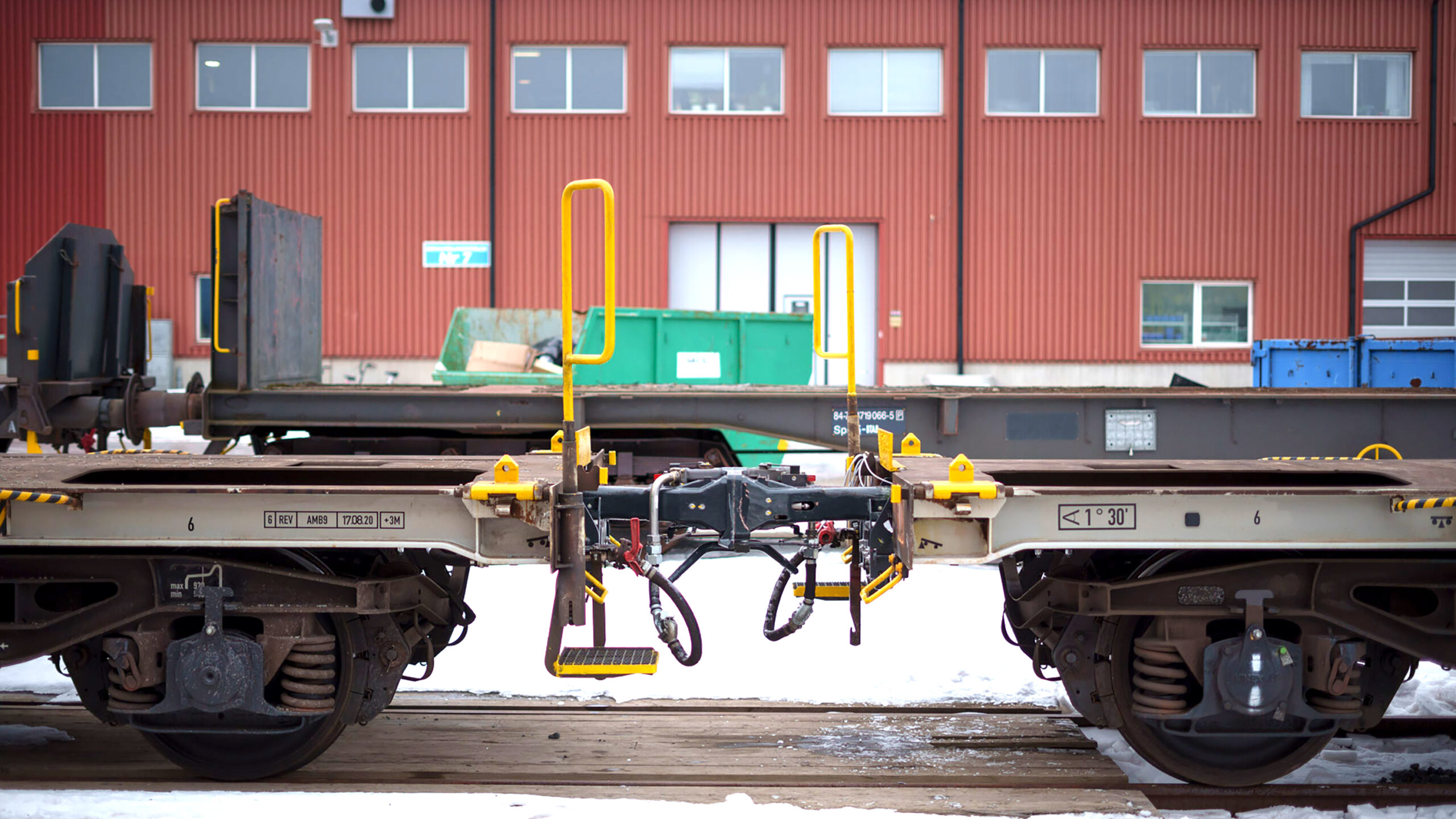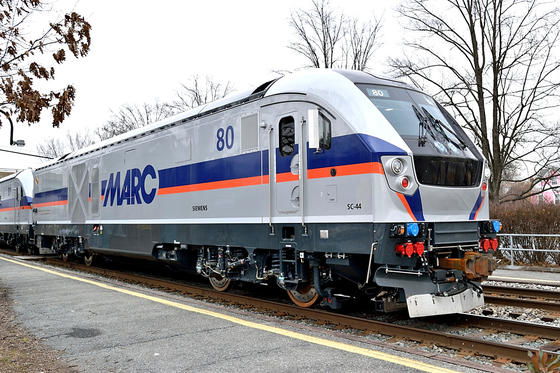Beyond LiDAR: Innovative Solutions for Railway Vegetation Management
LiDAR technology has been widely utilized in vegetation monitoring within railway networks. However, it is important to recognize its limitations to fully understand its potential drawbacks and explore alternative and complementary solutions. Here are some key limitations of LiDAR in vegetation monitoring for railway networks.

Inability to Differentiate Species and Health Conditions
LiDAR primarily captures structural data and lacks the ability to differentiate between different plant species or assess their health conditions accurately. This limitation prevents targeted vegetation management strategies that require species-specific interventions or addressing specific health concerns. Read more on our blog about identifying tree species using satellite imagery.
Limited Ability to Capture Vegetation Analysis with Seasonal Variation and Climate Change
LiDAR provides a snapshot of the current vegetation structure but has limited capability in capturing seasonal changes and vegetation dynamics influenced by climate variations. For effective vegetation management, it is essential to consider the impact of changing seasons and climate on vegetation growth patterns and potential risks.
Challenges in Detecting Low-Lying Vegetation
LiDAR technology relies on the reflection of laser pulses from objects, and it may face challenges in accurately detecting low-lying vegetation such as grass, weeds, or ground cover. This limitation can lead to incomplete vegetation data and potential risks of vegetation encroachment going unnoticed.
Cost and Data Processing Complexity
Implementing LiDAR for vegetation monitoring can be costly, requiring specialized equipment and expertise. Additionally, processing and analyzing large LiDAR datasets can be complex and time-consuming, requiring dedicated resources and software tools. Another challenge is that railway networks are constantly in use, which can make it difficult to obtain LiDAR data without disrupting rail operations
Limitations in Dense Vegetation Areas
In areas with dense vegetation, LiDAR may encounter difficulties in accurately capturing the complete vegetation structure due to occlusion or interference from overlapping foliage. This limitation can lead to incomplete or inaccurate vegetation data in such areas.
Considering these limitations, it becomes essential to explore alternative solutions or complementary approaches for effective vegetation monitoring in railway networks. Satellite-based data insights can provide a wealth of information about vegetation along railway tracks, such as its density, height, and proximity to the tracks. This information can be used to identify areas where vegetation is encroaching on the tracks or interfering with signals and other equipment and provide insights into the most effective ways to manage it. Discover LiveEO’s solution for Railway Vegetation Management.
Talk to our experts today. Get in touch!
This article was originally published by LiveEO.






